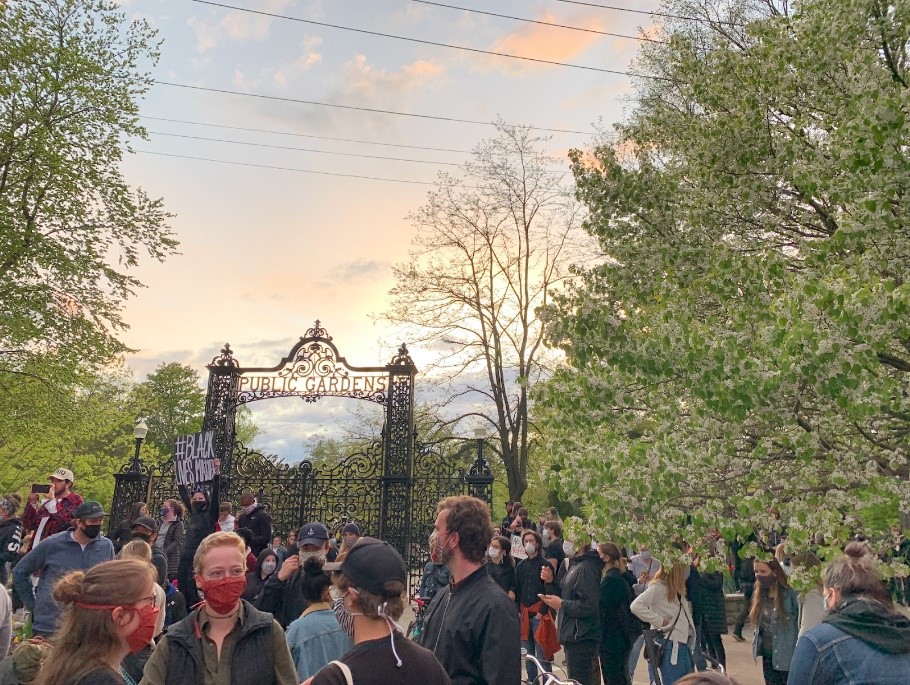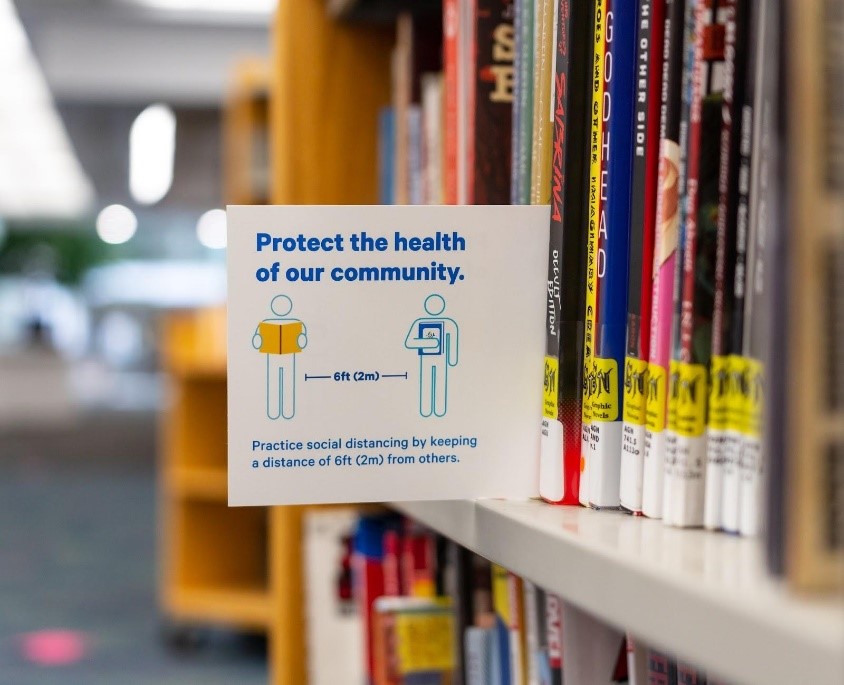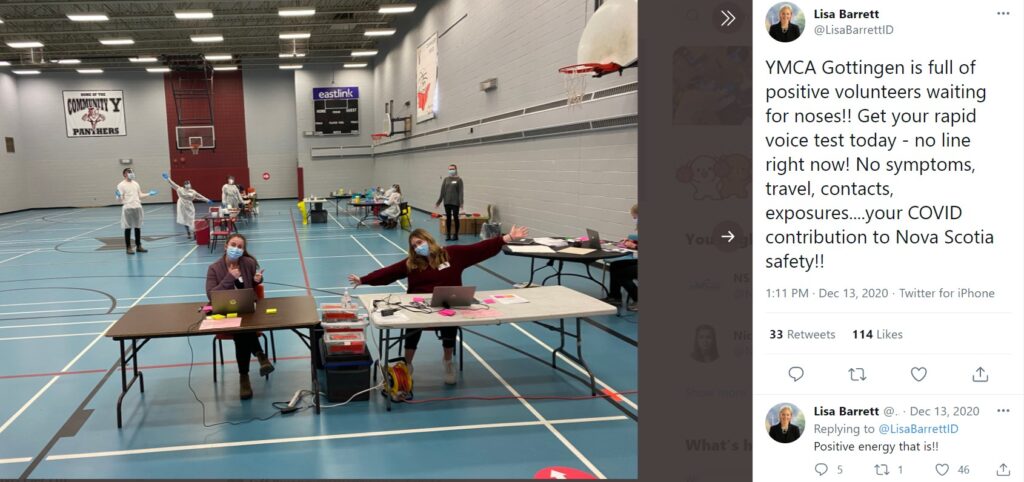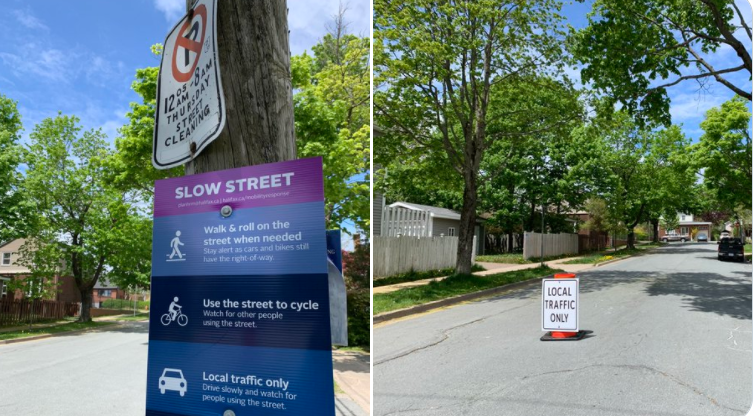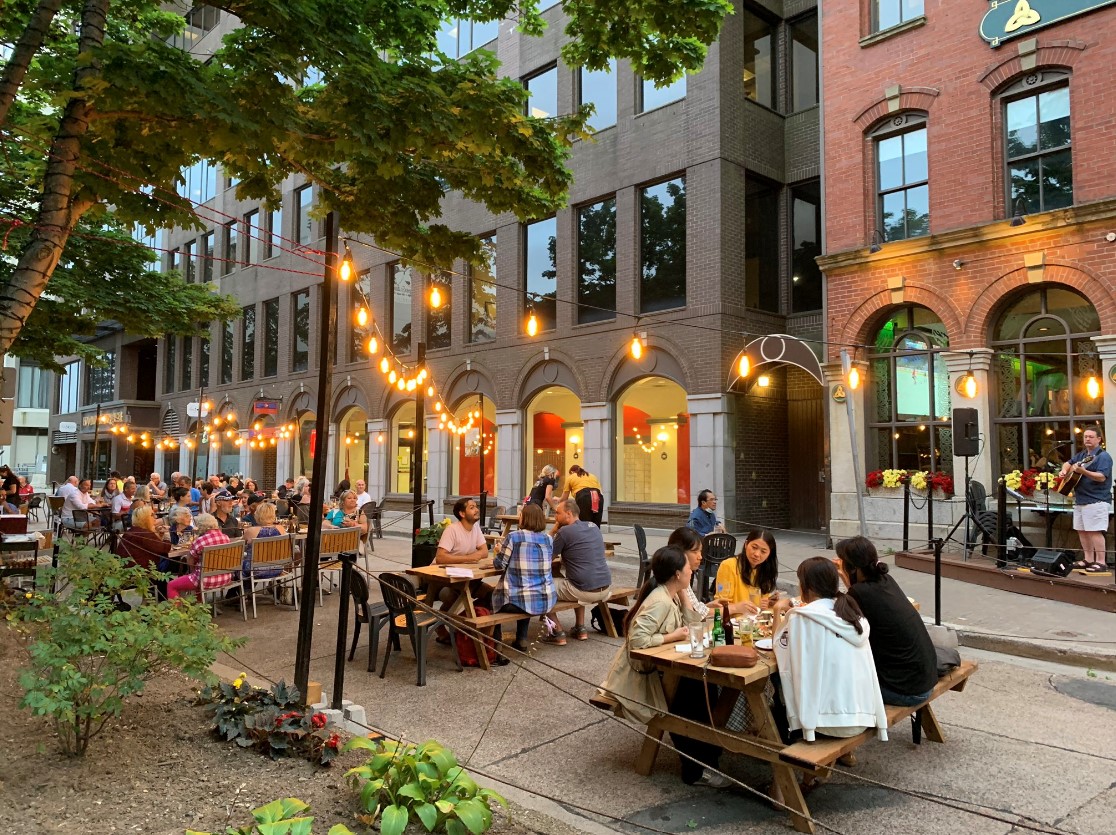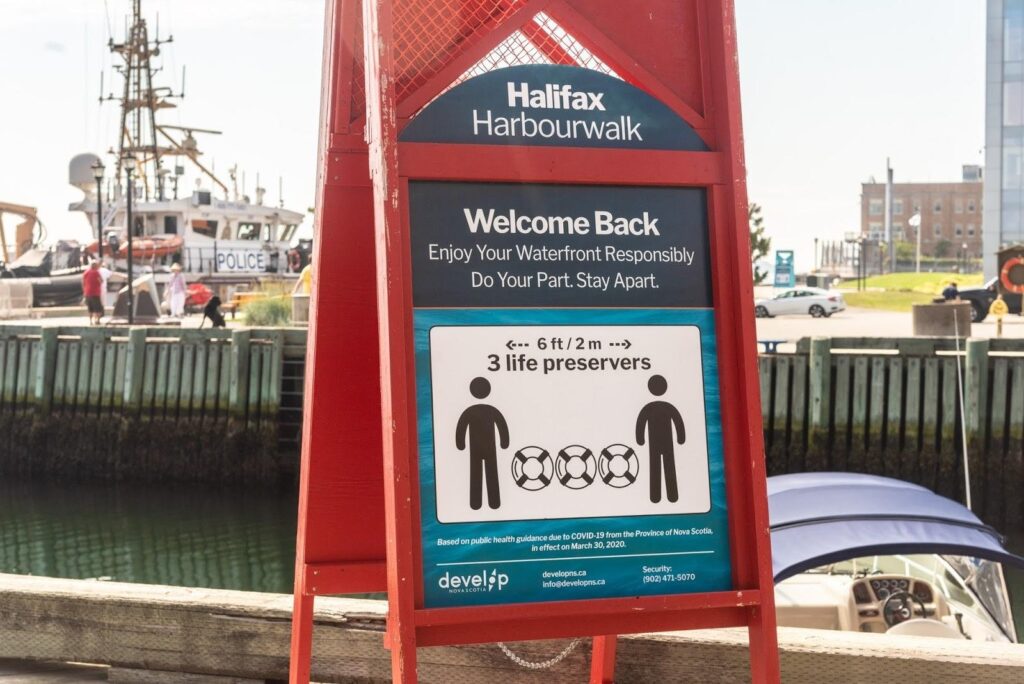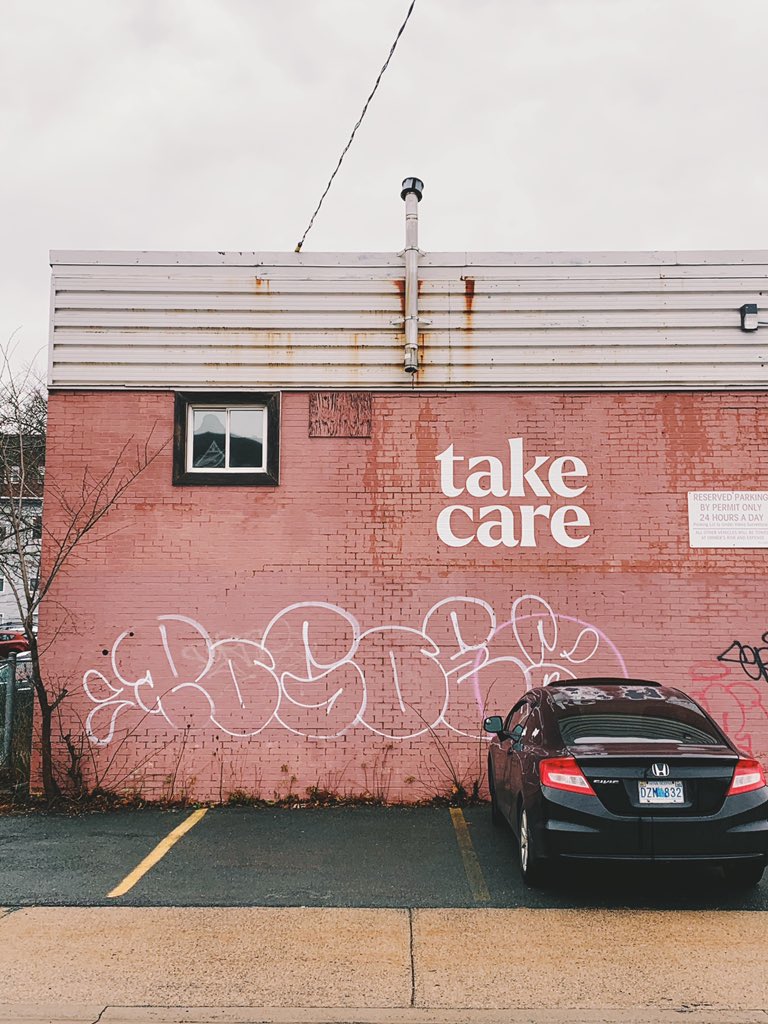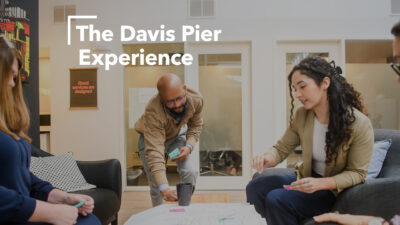“The city throughout the history of mankind has been the meeting place for people. Much of the culture of mankind has happened in the public space. Public space is a very important aspect of a good and well-functioning city.” – Jan Gehl
The past year has turned how we view public space on its head. COVID-19 lockdowns continue to limit individuals’ movements, encouraging people to stay home and stay safe. Counter to these restrictions, we’ve seen one of the largest social movements of our lifetime largely play out on the streets—and in public places—throughout the Black Lives Matter movement.
Great public spaces help to build a strong community fabric. They are environments for interaction and exchange of ideas that impact the quality of the urban environment. Here in Nova Scotia, where we have been largely successful in reducing our COVID-19 cases, community buy-in has been critical to our handling of the pandemic.
Across our city, we saw all levels of government work with business leaders and non-profit agencies to quickly create smart solutions to support our community. We’ve pulled together a round-up of some of the clever ways our community took the challenges of COVID-19 and flipped them to create opportunities for all.
Halifax Public Library
When the Halifax Public Libraries had to close their doors to the public on March 16, the staff worked quickly to come up with innovative ways to uphold the responsibilities that libraries hold in our communities.
Some of the creative solutions the library rolled out included allowing residents to sign up to get a library card online, which resulted in over 5,000 sign-ups in the first two months. They’ve added tens of thousands of titles to their online collection and hit a milestone of one million online items accessed in 2020.
Several other key programs shifted gears with library teams providing curbside pickup snack packs for families across the municipality. Branches expanded Wi-Fi zones for folks with no internet access to use their internet services outside of the library itself. And the team worked with HRM’s public safety officer Amy Siciliano to set up portable toilets at Halifax Central Library to ensure everyone in our community has access to washrooms.
Pop-up COVID-19 Testing Sites
In November of 2020 as COVID-19 numbers started to rise in Nova Scotia, Dr. Lisa Barrett, an infectious disease specialist with Dalhousie University and Nova Scotia Health, envisioned deploying a community testing model to increase capacity for COVID-19 testing in the province.
As social innovation practitioners, Davis Pier was honoured to help drive the implementation of this idea. The community-driven nature of these sites is one of the keys to their success. They are established in public spaces such as libraries, universities, and even popular downtown bars. This model went from concept-to-execution in about 48 hours, a rapid timeline that under normal circumstances would be unheard of.
The pop-up testing sites have helped to increase testing capacity and reduced the reliance on health practitioners as community volunteers have been trained to administer the tests. It should be noted that the rapid 10-minute testing at pop-up sites is not as rigorous as lab-based testing. Because of the risk of false-positives, any individual who tests positively will have a second test analyzed by a lab.
While it is early days for this innovation, it is showing incredible promise. As we continue to refine the model, we will be enhancing monitoring, improving decisions around public health interventions, and refining a model to help tackle other infectious diseases.
Active Transportation Response
If you tried to buy a bike last summer, chances are you were going to be weeks waiting for it to arrive. Interest in active transportation skyrocketed as lockdowns began to lift and sunny Summer weather rolled into town.
Cities around the world shut streets to car traffic to prioritize space for vulnerable road users, and Halifax was no different. Teams at the municipality quickly jumped into action to roll out the Halifax Mobility Response, which saw adjustments to the city’s transportation network as part of a collective effort to reduce the spread of COVID-19.
Some of these adjustments included implementing “slow streets” in several key residential areas, allowing only local traffic with the goal to reduce vehicle volumes and create space for residents to walk, roll, and cycle, while adhering to physical distancing guidelines. Other main arterial streets such as Spring Garden Road saw sidewalks widened to allow for physical distancing, while other streets were closed completely to car traffic such as Argyle St.
Bedford Row was closed to car traffic during the Summer, allowing for local restaurants The Old Triangle and Mckelvie’s to open patio seating and live entertainment. Many restaurants benefited from the additional outdoor space during the warmer months.
In addition to the changes to roadways, the municipality also implemented suspended fare collection across transit systems from mid-March until early August. This was not a move to encourage increased use of public transit, but to ensure transit users still had access to transportation for necessary trips throughout the pandemic.
Develop Nova Scotia – Waterfront Programing
If there’s one organization that knows good placemaking, it’s Develop Nova Scotia. Creating vibrant public spaces is their bread and butter, so it’s no surprise their response along the waterfront was such a success.
Residents who took a stroll along the boardwalk were treated to creative imagery encouraging physical distancing. Measurements from “3 life preservers” to “1 oar” to “12 large donairs” were used and garnered lots of attention on social media and on the news.
Though much of the usual event programming was canceled due to COVID-19 restrictions, the wonderful team at Develop NS was able to pull off Evergreen Festival, which combined online events with in-person light displays around the downtown core. This all took place in November and December of 2020, a time of year where we generally see outdoor events dwindle due to colder weather and shorter days.
As we head deeper into the winter months, this article from Project for Public Spaces on Winter Placemaking During a Pandemic – Six Ideas across Canada poses many clever opportunities to ensure connection and community building in our colder seasons.
Downtown Dartmouth Mural Campaign
If you find yourself strolling around Downtown Dartmouth, chances are you’ll come across one of 17 murals that were recently painted as part of a campaign to showcase positivity and cheer after a hard year. Fathom Studio teamed up with Downtown Dartmouth Business Commission to execute the project. What is fun about the murals is they quietly began to appear in November. The goal of the campaign is for residents to discover the art pieces on their own, so not many clues have been provided for the locations of each mural.
Public art has long been a cornerstone to good public space and is something Halifax has increasingly been seeing, especially with the support of programs like the Gritty to Pretty grant from the Downtown Halifax Business Commission, which helps community groups bring placemaking ideas to life. There is even a Self-Guided Downtown Art Tour that anyone can take to see all of the incredible projects that add colour and fun to our cities downtown.
As we reflect on the impacts COVID-19 has had on public space, it’s important to monitor what is happening and learn from the fundamental changes in behaviours and mobility patterns.
The past year has drastically changed most people’s relationships with their cities, neighbourhoods, and streets. Now is a great time to plan ahead. As Gehl Architects have stated, “Public, accessible spaces for all are not a ‘nice to have’, but a need for any global city and community to ensure social, cultural, environmental, and economic resilience.”


